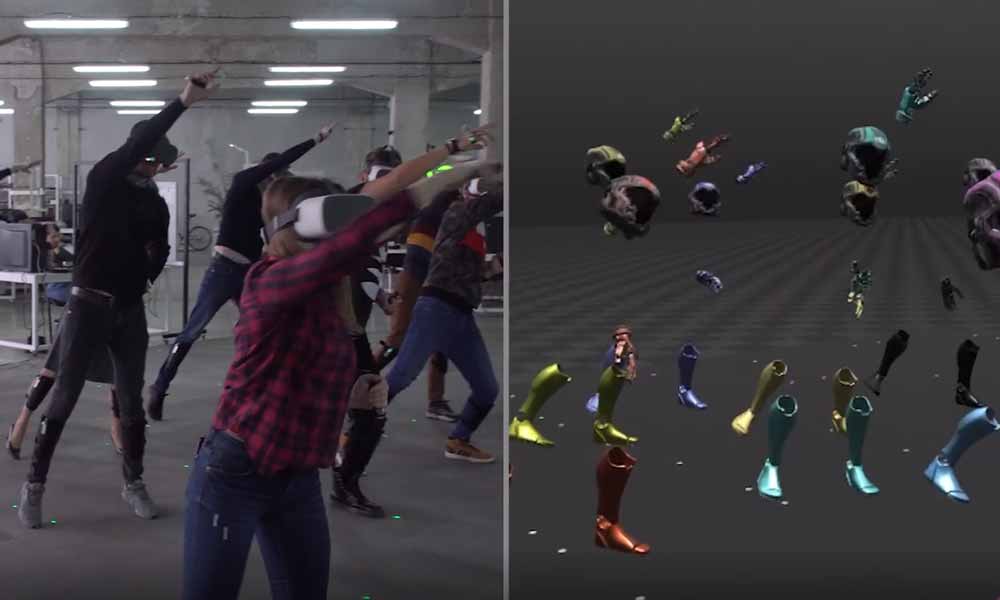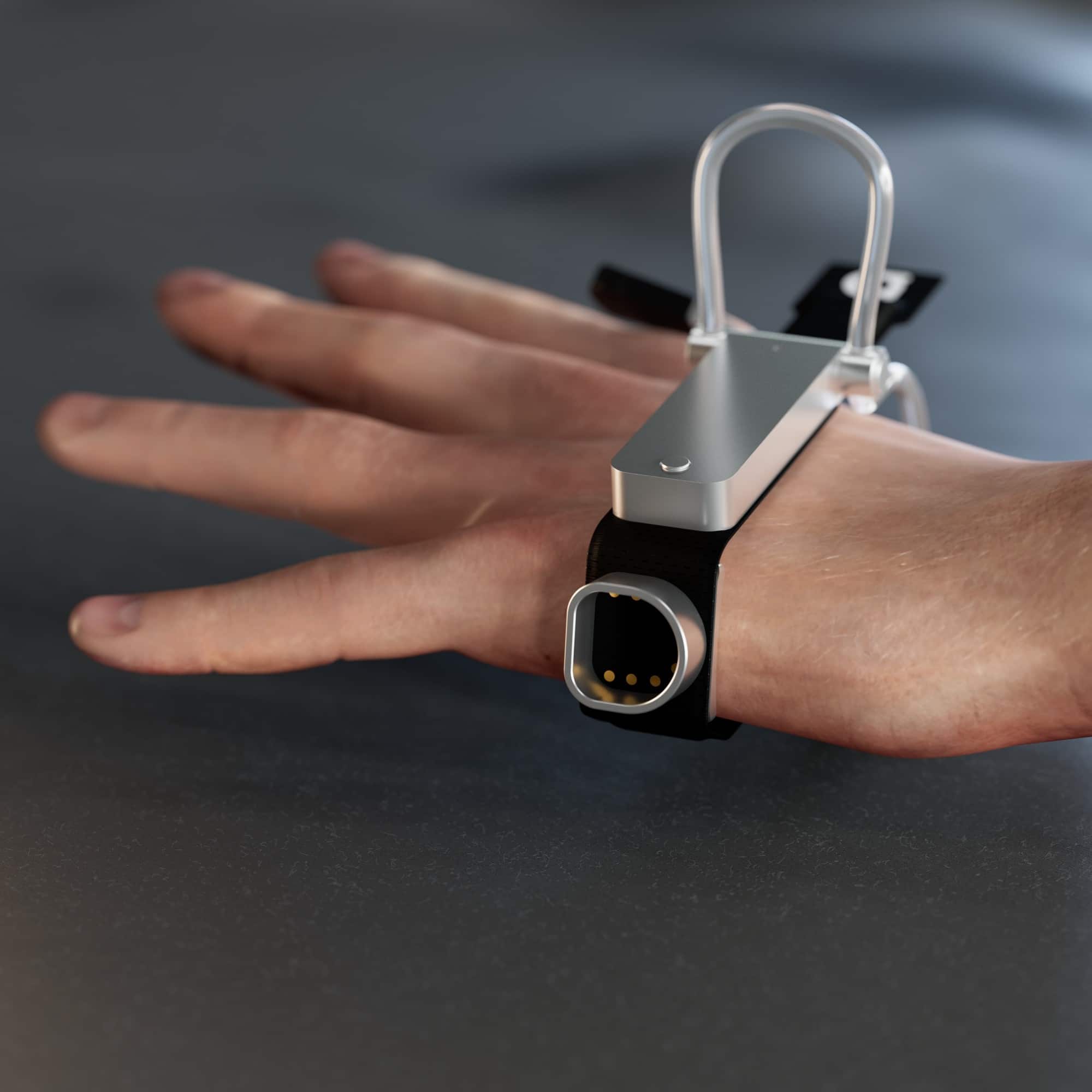
New video from Antilatency shows a system that uses full body tracking in VR for up to 10 users simultaneously, allowing them to interact in virtual reality. The system monitors the position of the feet, head and hands of each person.
The system uses the device “Bracer” (this is ultralight VR controller, which is mounted on the wrist of the user and frees the hands to interact with physical objects.) and “Tag” (are small radioasema that you can add to the existing HMD to provide additional tracking capabilities). At CES 2019, these devices were used to transform Go to Oculus, the headset 3DoF, 6DoF headset with advanced tracking capabilities and support for multiple users.

In January, the company Antilatency expanded support for these custom peripherals tracking by incorporating the Oculus Quest , providing new opportunities tracking for a virtual reality location-based mobile headset.
In this new video Antilatency uses two bracelets on the hands of the user and two tags on the feet of the user to provide a total of five points in tracking, including data on the status of the headset.
The video demonstrates the experience of cooperation 10 users simultaneously with five points tracking, which provides a deeper sense of immersion and realism for virtual avatars of the user. According to the statement Antilatency, in the session used the headset G2 Pico, and the trackers used their own radio Protocol with low latency. To avoid confusion and interference, each user has his own radio channel in the 2.4 GHz band for communication between the field devices monitor and headset.
After the local receive and process tracking data each user of the headset then transmits this information to all other sets in the network wifi 5 GHz to synchronize each user. The system was attached PC to create demonstration videos, and visualize the entire experience, but if necessary, it is not required.
Source








